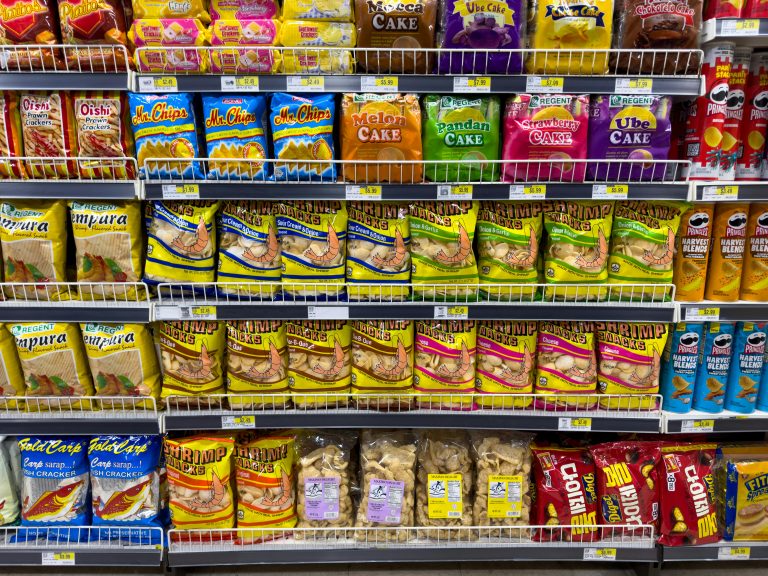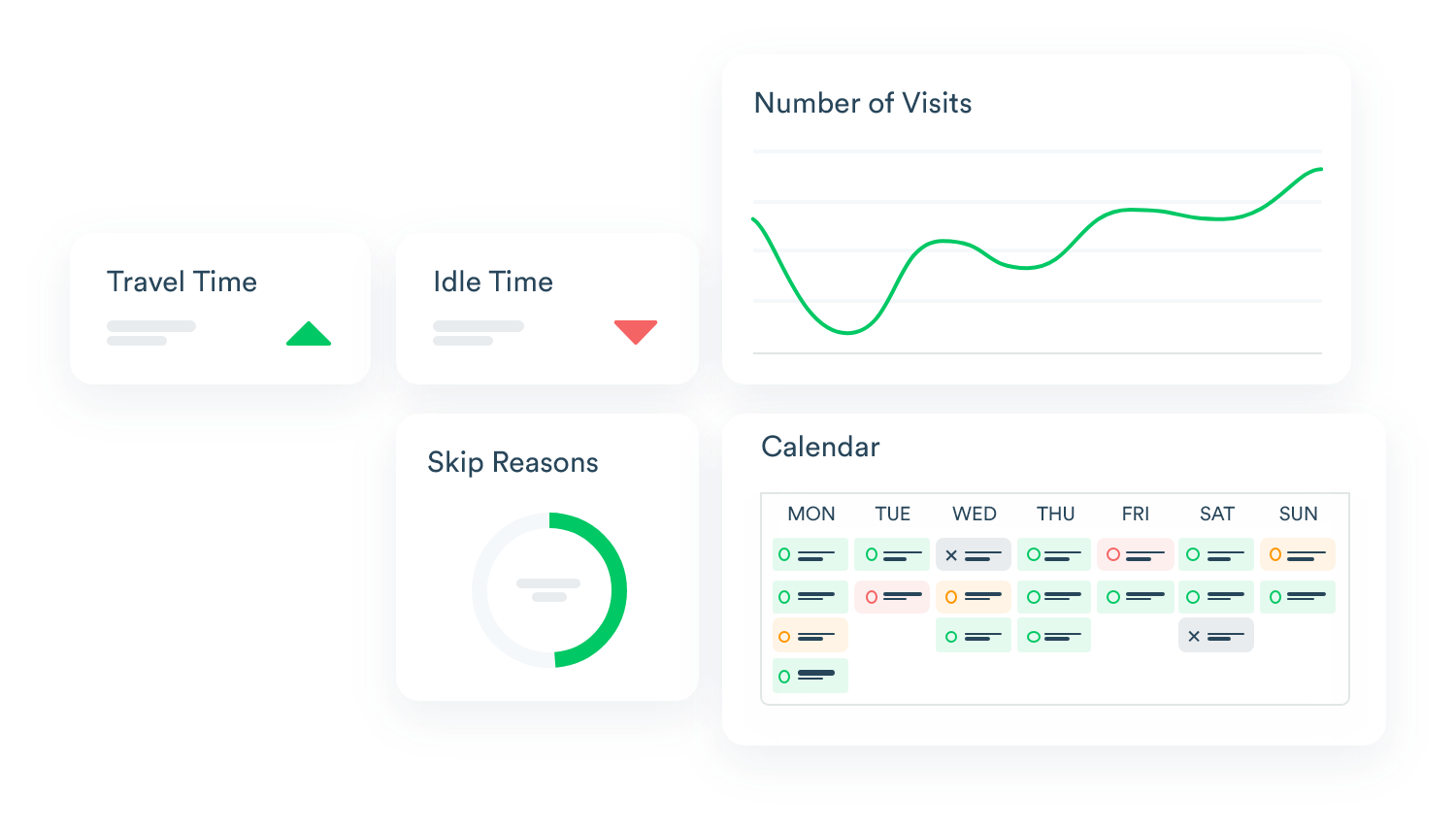Merchandising your way to better sales: How to combat Out-Of-Stock (OOS)
The role of retail is simple: connect products with people. Yet, there’s a silent, pervasive problem that constantly undermines this merchandising objective, eroding sales, frustrating customers, and ultimately eating into your bottom line: Out-of-Stocks (OOS).
It’s an issue that plagues every corner of the retail landscape, from the smallest boutique to the largest supermarket chain. And while a single empty shelf might seem minor, the cumulative effect of OOS is nothing short of catastrophic.
The scale of this problem is staggering. According to the IHL Group, out-of-stocks and poor inventory management practices contribute to an annual loss of $1.75 trillion. Yes, you read that right – $1.75 trillion. This isn’t just about a few missed sales; it’s a systemic bleed that can debilitate even the most robust businesses.
Beyond the Empty Shelf: The True Cost of Out-of-Stock (OOS)
When a customer walks into a store looking for your product and finds an empty space, the immediate consequence is obvious: a lost sale. But the damage extends far beyond that single transaction.
- Lost Sales & Revenue: This is the most direct impact. If a product isn’t available, it can’t be bought. Customers either buy a competitor’s product, postpone their purchase, or simply leave the store empty-handed.
- Brand Erosion & Customer Dissatisfaction: Repeated encounters with empty shelves can significantly damage customer loyalty. Consumers quickly grow frustrated and may start to perceive your brand as unreliable or difficult to find. This erodes trust and encourages them to seek alternatives.
- Wasted Marketing & Merchandising Efforts: Imagine pouring resources into a brilliant marketing campaign, only for customers to find empty shelves when they arrive at the store. All that effort, all that investment, essentially goes to waste because the product isn’t there to meet the generated demand. Your meticulously crafted planograms and attractive displays become irrelevant if the product isn’t physically present.
- Operational Inefficiencies: OOS situations often trigger a cascade of inefficient activities. Field teams might spend valuable time searching for misplaced stock, dealing with customer complaints, or manually reconciling inventory discrepancies. This takes away from proactive merchandising, relationship building, and strategic tasks.
- Supply Chain Strain: Frequent OOS can indicate deeper issues within your supply chain, leading to emergency orders, expedited shipping costs, and a general lack of visibility that prevents optimization.
- Competitive Advantage for Rivals: Every time your product is out of stock, it’s an opportunity for a competitor to step in. A customer eager for a specific item isn’t likely to wait; they’ll often choose the next best alternative available, potentially switching their loyalty permanently.
Why Traditional Approaches Fall Short
For decades, businesses have tried to combat OOS with a mix of manual checks, periodic inventory counts, and educated guesses. While well-intentioned, these traditional methods often fail for several critical reasons:
- Lagging Data: Manual checks and paper-based reporting are inherently slow. By the time the data reaches decision-makers, the situation on the ground has often changed. You’re always reacting to yesterday’s problems.
- Human Error & Bias: Manual processes are susceptible to mistakes, oversights, and even intentional inaccuracies. This compromises the integrity of your data and the reliability of your insights.
- Lack of Real-Time Visibility: Without a centralized, real-time system, it’s nearly impossible to get a comprehensive, up-to-the-minute view of stock levels across all your retail locations. This leaves you vulnerable to sudden stockouts.
- Inefficient Field Team Operations: Field reps spend too much time on administrative tasks, data entry, and trying to locate information, rather than focusing on high-value activities like improving displays, engaging with store staff, and solving problems proactively.
It’s clear: to effectively tackle the $1.75 trillion problem, a smarter, more agile approach is needed.
Shelvz: Turning the Tide on Out-Of-Stock with Smart Retail Execution
At Shelvz, we understand that combating OOS isn’t just about knowing when something is out of stock; it’s about understanding why and being able to act instantly. Our smart retail execution platform is designed to provide the visibility, accuracy, and efficiency brands need to keep shelves stocked, customers happy, and profits growing.
Here’s how Shelvz empowers you to transform your operations and dramatically reduce OOS:
- Real-Time Shelf Monitoring: Equip your field teams with an intuitive mobile app that allows them to quickly and accurately report on stock levels, facings, and planogram compliance. This data is instantly synced to your central dashboard, giving you a live view of every store.
- Impact: No more waiting for reports. See an OOS situation developing in a specific region or store and address it before it becomes a significant problem.
- AI-Powered Image Recognition: Leverage cutting-edge AI to automatically identify products, count facings, and detect OOS from photos taken by your field reps. This not only increases accuracy but also dramatically speeds up the data collection process.
- Impact: Reduce human error, save valuable field time, and get highly reliable data on shelf conditions, freeing your team to focus on solutions rather than tedious counting.
- Dynamic Task Management & Guided Workflows: Ensure your field teams are always focused on the most critical tasks. Shelvz allows you to create smart workflows that guide reps through store visits, prioritizing OOS checks and other essential tasks based on real-time data or pre-set conditions.
- Impact: Improve efficiency and compliance. Field reps know exactly what needs to be done, minimizing wasted time and ensuring consistent execution across all locations.
- Actionable Insights & Predictive Analytics: Our robust analytics engine doesn’t just show you data; it helps you understand it. Identify patterns in OOS, pinpoint root causes (e.g., poor forecasting, ineffective merchandising, distribution issues), and even predict potential future stockouts.
- Impact: Move from reactive problem-solving to proactive strategy. Make data-driven decisions that prevent OOS from occurring in the first place.
- Seamless Integration: Shelvz integrates with your existing ERP, CRM, and supply chain systems, creating a unified view of your retail operations. This ensures that data flows smoothly, and all departments are working from the same, accurate information.
- Impact: Break down data silos, improve inter-departmental collaboration, and create a truly optimized supply chain that responds quickly to market demands.
Like what your reading?
Take a moment to subscribe before continuing and never miss out on exclusive insights, news, and case studies.
The Bottom Line: Protecting Your Profits and Your Brand from Out-of-Stock
Avoiding out-of-stocks isn’t just about preventing losses; it’s about maximizing opportunities. It’s about ensuring that every marketing dollar spent translates into a sale, that every customer finds what they’re looking for, and that your brand builds a reputation for reliability and availability.
By adopting a smart retail execution solution like Shelvz, you’re not just filling empty shelves; you’re:
- Boosting Sales & Revenue: Directly capturing sales that would otherwise be lost.
- Enhancing Customer Loyalty: Building trust and satisfaction with a consistently available product.
- Optimizing Operations: Streamlining field team activities and improving overall efficiency.
- Gaining a Competitive Edge: Outperforming rivals by always being present and visible to consumers.
- Protecting Brand Equity: Maintaining a strong, reliable brand image in the marketplace.
Annual losses due to out-of-stock (oos) and poor inventory management
Conclusion
Don’t let the silent killer of out-of-stocks continue to erode your hard-earned profits and customer trust. It’s time to empower your business with the intelligence and tools needed to win on the shelf, every single time.
Ready to transform your retail execution and put an end to OOS? Book your demo now



